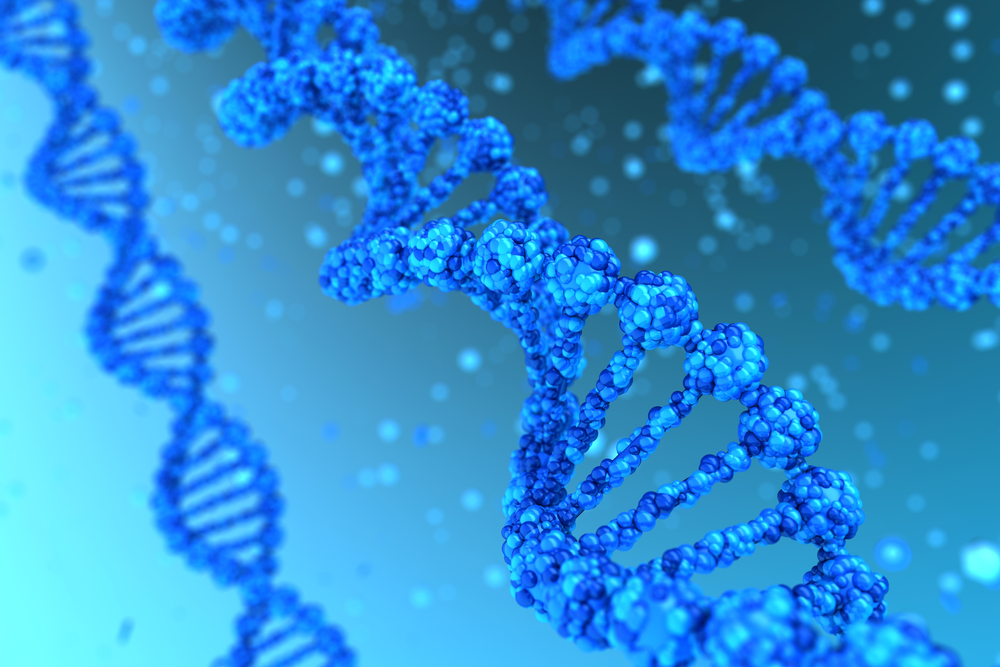Shortened Telomeres Linked to Muscle Degeneration in Duchenne, Study Finds

Young muscle stem cells in patients with Duchenne muscular dystrophy have shortened telomeres, causing these cells to be less able to build new muscle, according to new research.
A full discussion of the results of this study, “Single Stem Cell Imaging and Analysis Reveals Telomere Length Differences in Diseased Human and Mouse Skeletal Muscles,” is available is the open-access article in Stem Cell Reports.
Shortened telomeres have long been established as a characteristic of aging. Telomeres are small chains of DNA at the ends of chromosomes that protect the chromosome during cell division. As cells undergo division over time, telomeres shorten. This shortening eventually triggers cell death or a permanent non-dividing cell state called senescence.
In patients with Duchenne muscular dystrophy (DMD), muscles typically degenerate due to different gene mutations. Muscle stem cells should be able to repair this damage. But the constant stress and muscle degeneration seen in the disease puts undue pressure on muscle stem cells to rebuild muscle and undergo more cell division than normal, shortening the telomeres at an unusual rate and age.
“We found that in boys with DMD, the telomeres are so short that the muscle stem cells are probably exhausted,” Foteini Mourkioti, the study’s senior author and an assistant professor of orthopedic surgery and cell and developmental biology at the Perelman School of Medicine at the University of Pennsylvania, said in a press release.
“Due to the DMD, their muscle stem cells are constantly repairing themselves, which means the telomeres are getting shorter at an accelerated rate, much earlier in life,” he said.
To prove that telomeres are shorter in DMD patients, the research team first had to create tools necessary to visualize the microscopic chromosome ends. They based their technique on an existing method called fluorescence in situ hybridization (FISH), using a fluorescent probe that binds specifically to telomeres. Longer telomeres attach more probes and are visually more bright. Using a microscope and imaging equipment, the team could quantify the length of telomeres.
Researchers next examined young mice in a DMD model and teenage DMD patients, and found the telomere length of their muscle stem cells was significantly shorter compared to healthy people, or controls. Importantly, in non-stem muscle cells, telomere length was seen to be the same between patients and controls, a finding that highlights damage done to muscle stem cells as DMD progresses.
The work may help bring a new approach to treatment. “Future therapies that prevent telomere loss and keep muscle stem cells viable might be able to slow the progress of disease and boost muscle regeneration in the patients,” Mourkioti said.






